To say that the past year has changed many aspects of our lives would be a gross understatement.
The changes brought about by the dramatic year that was 2020 are sure to be felt for many years to come by all industries. The digital marketing space is no exception to the previous statement.
The experiences we all collected last year have altered our buying behaviours, our preferences, and the way we interact with brands online.
Thankfully, the one thing that didn’t change last year was the introduction of new technologies to digital marketing. For years now, the digital marketing industry has been powered by technologies that make the unthinkable possible. For instance, SEO analysis of a website that used to take hours previously can now be done in a matter of minutes with the help of a website checker.
Some of them have existed for a long time but have found marketing applications just now.
Learning about these technologies and the ways that they can be used to improve the results of your marketing efforts can help marketers adapt to the aforementioned sudden changes.
Let’s look at some of these technologies in a bit more detail:
Artificial Intelligence
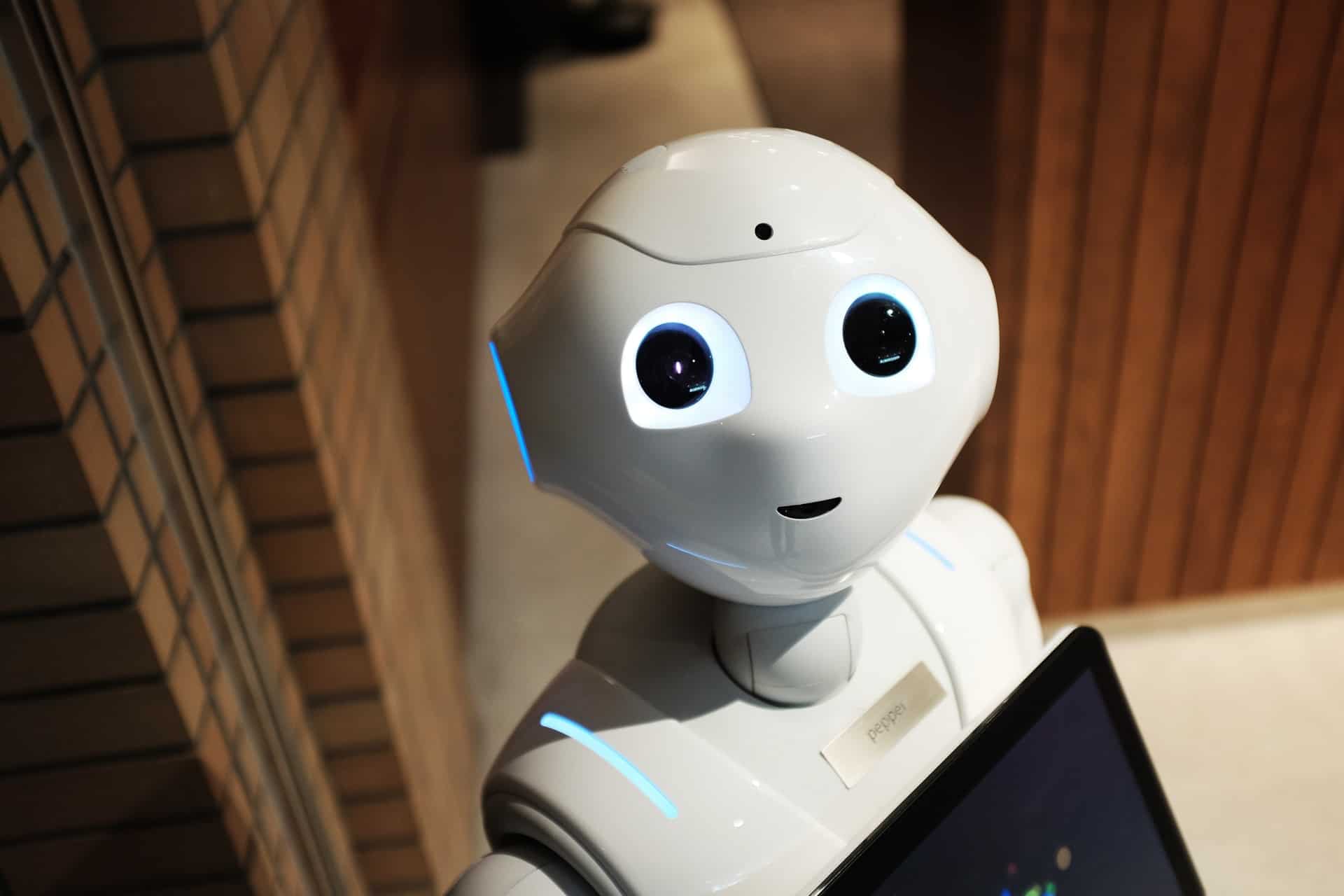
Artificial intelligence, while having existed for a while, has not yet been perfected. Yet, savvy marketers have already started finding ways to use the technology to their advantage. We’re now looking at the development of solutions such as Atlas UP, which will make it easy for in-house marketers in large enterprises to optimize their campaigns.
In a study conducted by Gartner a few years ago, it was predicted that by 2020, artificial intelligence will be widely used in almost every major software product or service.
At the same time, Techgrabyte predicts that AI “will increase global GDP by up to 14% between now and 2030”. They also predict that those who don’t start implementing the technology right away may find “themselves at a serious competitive disadvantage in the coming years”.
When it comes to marketing, artificial intelligence can help marketers identify patterns in customer behaviour. The technology can effectively analyse search trends and social media data to provide businesses with insights that allow them to create more personalised and pleasing marketing experiences.
Findings of this nature can help marketers create more meaningful and effective marketing strategies. However, the application of AI in marketing goes beyond simply analysing patterns.
AI, in the form of chatbots, can help brands interact with their customers without having to expend dedicated resources on the matter. Using natural language processing technology, AI-powered chatbots can enable brands to have meaningful, conversion-focused conversations with their potential customers.
With that said, just like artificial intelligence, chatbots are another trend that is experiencing improved traction in the world of marketing, and this isn’t just because of their ability to replace humans in chats with potential customers.
Let’s find out how various brands are creatively using chatbots to boost their marketing results.
Chatbots and Conversational Marketing
Chatbots have been popularly used in various forms of marketing for some time now. So much so that it was predicted that they would take over 85% of customer service interactions by 2020.
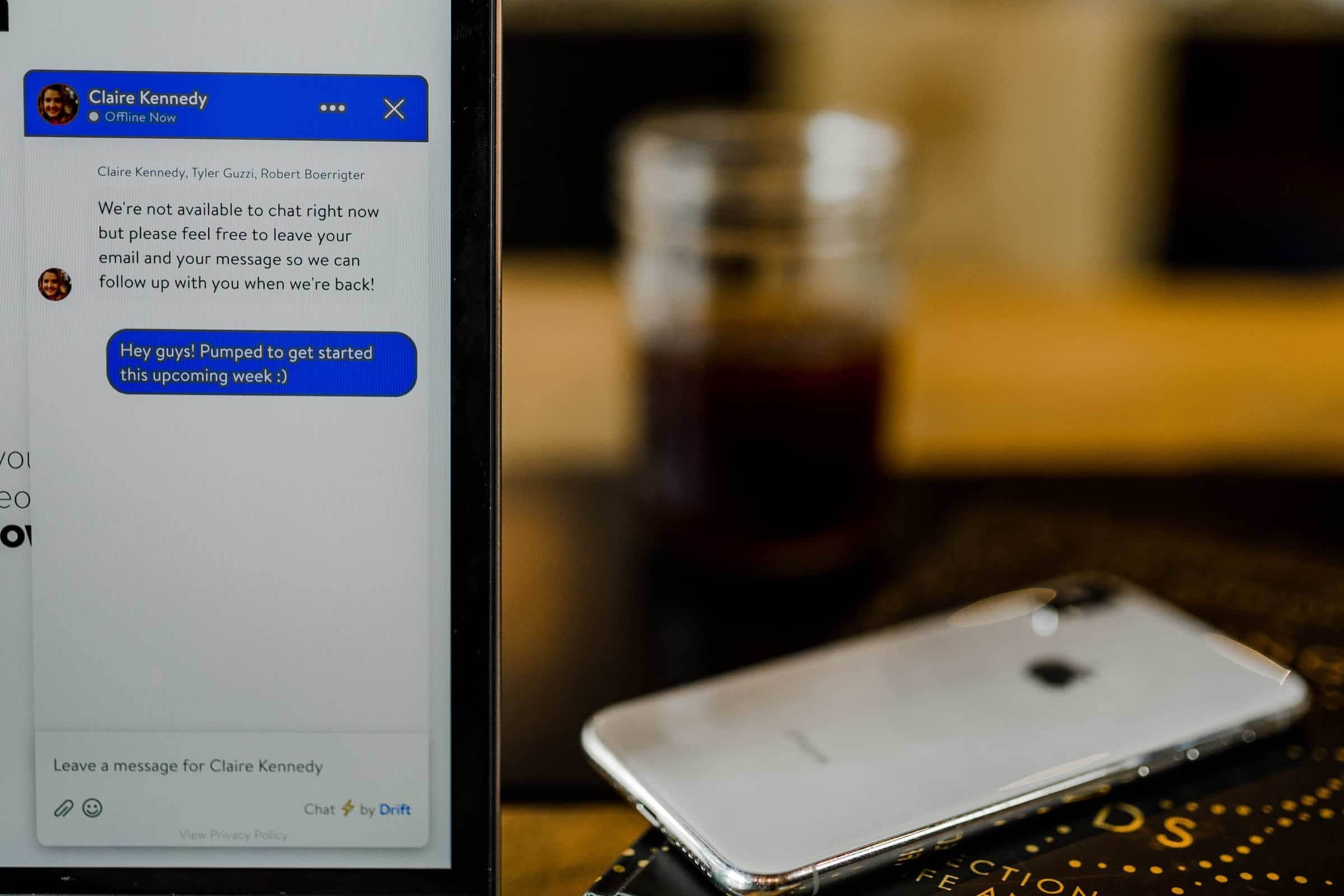
That’s right; chatbots are being widely used for customer service purposes by brands like Lyft, Wall Street Journal, Pizza Hut, and Sephora, among many, many others, and for good reason. Even customers love interacting with chatbots because they have made it possible for companies to make customer service available 24X7.
However, that’s not all that chatbots are doing. These days, consumer expectations from brands are more demanding than ever before. For instance, a survey showed that when consumers ask a question from a brand account, over 80% of them are expecting an “immediate” response.
It isn’t difficult to imagine how doing that is virtually impossible, especially for businesses that have thousands of customers.
This is the problem that chatbots are solving for marketers by making marketing conversational. From the Domino’s chatbot sending pizza emojis to their customer’s smartphones to 1-800-Flowers conducting entire sales with the help of chatbots, this technology is absolutely brilliant, and the evidence of the same is present in its wide acceptance among marketers.
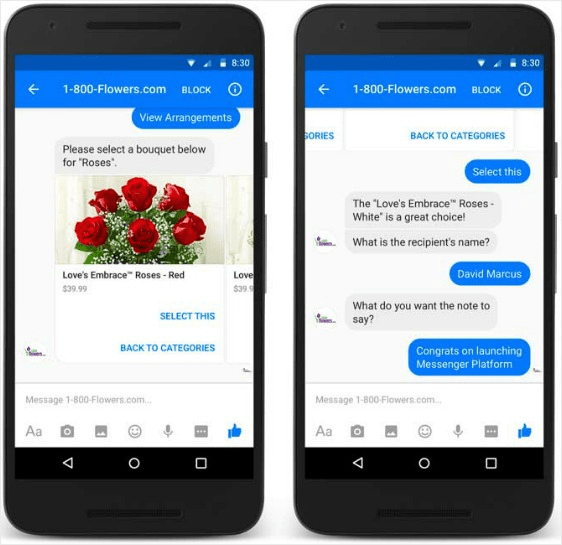
Programmatic Advertising
Programmatic advertising is another technology that has been around for a while and is expected to gain some serious traction in the coming months.
If you have used real-time bidding features of display network ads, you may already be familiar with programmatic advertising. To put it in simple words, programmatic advertising is simply using artificial intelligence (AI) to purchase ad slots.
This makes buying ads much more efficient, and it affects every aspect of the process. The time consumed in bidding for the ad and delivering it is shortened.
AI can better analyse customer behaviours and preferences and show more targeted ads, improving the chances of conversion. At the same time, when conversion rates improve, the overall cost of acquisition drops.
To put things in perspective, when a human targets an audience on search engines, they take into account four or five parameters to target their audience. These usually include the general demographics like age and location, along with keywords.
On the other hand, when an AI algorithm selects one individual to show an ad, it reaches that conclusion after analysing hundreds of targeting parameters that include the cumulative customer data collected from various sources, lifestyle habits, and behavioural patterns, among others.
Naturally, the chances of delivering the right marketing message to the right individual at the right time improve dramatically with programmatic advertising.
Visual Search
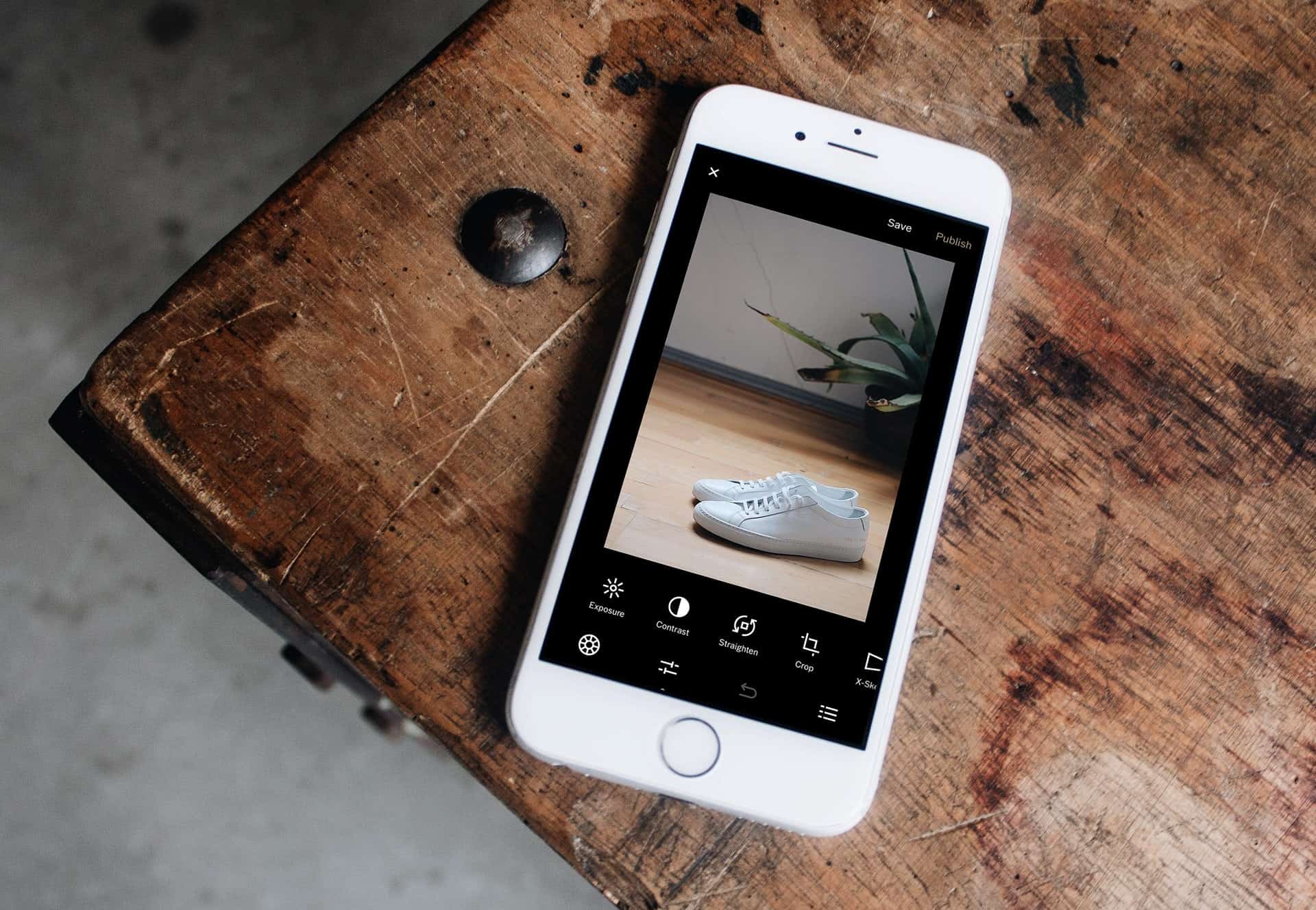
Thanks to the rise in popularity of virtual assistants, there was a mention of voice search in almost every article talking about the upcoming trends in 2020.
This year, there’s a new type of search in town, and this time, Google has got some serious competition.
In an increasingly visual digital world, the ability to search the web with an image has been perfected surprisingly late. However, now that it is here, visual search is probably going to be a big part of SEO and social media marketing in the near future.
Consider these stats:
- In 2019, Pinterest was receiving over 600 million visual search requests every month. Thanks to this, Pinterest’s revenue surpassed $1 billion last year.
- In a survey conducted by eMarketer in 2018, over 62% of younger millennials (18-24 years) and over 61% of older millennials wanted visual search to be a part of their digital shopping experience.
While there are not many recent stats available on the matter, it tells us two things. One, the aforementioned numbers have definitely grown in 2021 and are expected to continue growing in the coming months. Two, not enough people are giving visual search the attention it deserves.
This means, those implementing visual search on their websites will be among the early adopters and will enjoy the subsequent competitive advantage.
With that said, as a technology, image search is available widely on the web:
- Pinterest Lens
You may remember a mention of a competitor to Google in image search, that competitor is Pinterest. The platform has developed its visual search tool called Lens, and it works amazingly.
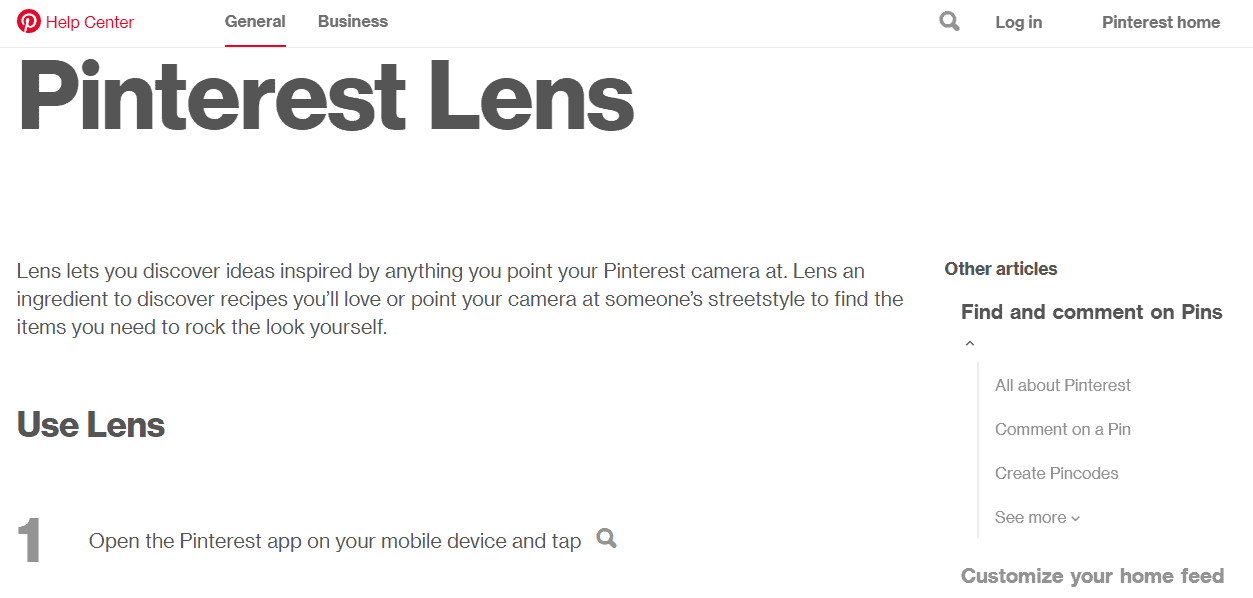
When a user takes a photo of an item with Pinterest Lens, it lets you either view Pin Boards that contain similar images or (wait for it!) search for similar products and buy them right on Pinterest (more about this in the next point).
Back in 2019, Pinterest Lens could already recognize over 2.5 billion fashion and home products. Since then, the abilities of Pinterest Lens have been optimized in 2020.
- A feature called Lens Your Look now allows users to get fashion suggestions for the apparel they own simply by uploading a photograph.
- Pinterest partnered with brands like Nordstrom to introduce Pincodes that allow users to get suggestions while shopping in a store and even follow their friends on Pinterest simply by scanning a “Pincode”.
- They also partnered with Target and allowed users to search the entire Target catalogue for similar products by clicking a picture of one of their products.
All these features have been around for some time now, and even better ones are expected to be rolled out by Pinterest in the near future.
- Google Lens
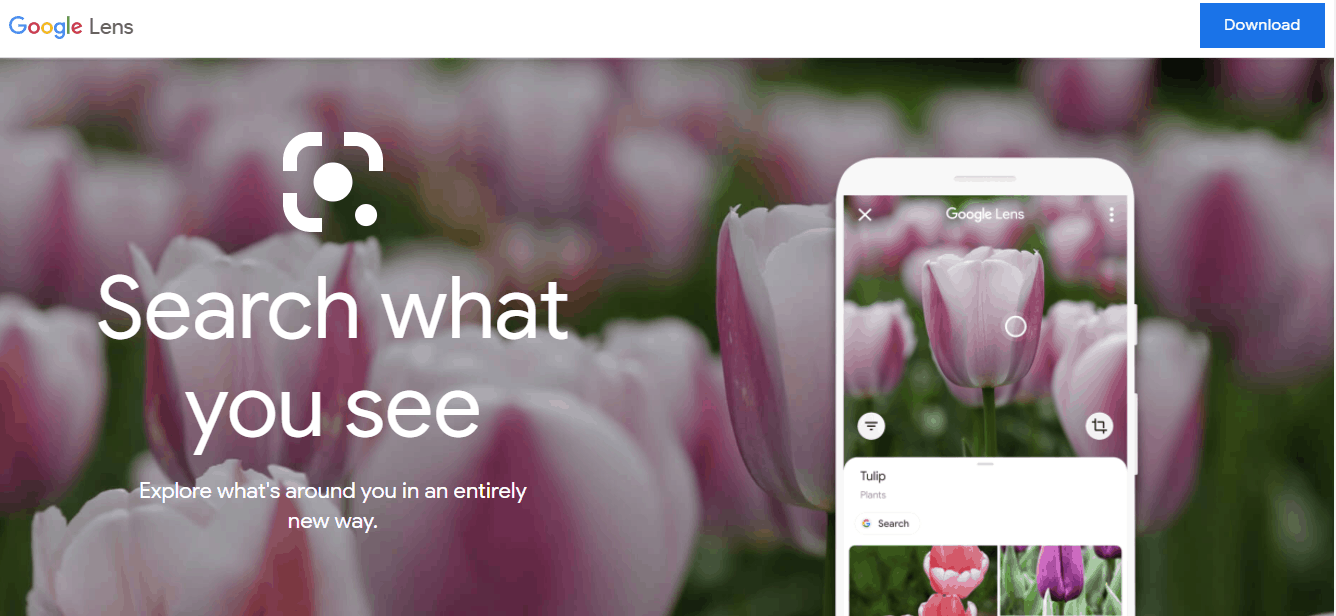
No article about searching things on the web is complete without a mention of Google, and with Google Lens, the tech giant has ensured this stays true even for visual search.
Google Lens is a great new tool that users can use to get information about anything that enters the frame of their camera. We’re talking everything, including barcodes, landmarks, books, even flyers, plants, animals, famous artworks.
When a user searches for products like apparel, Google Lens will not just return with more information; it will straight up tell the user where they can purchase the item.
Besides Google and Pinterest, even Bing has introduced a visual search feature. Then there are other brilliant visual search apps like CamFind that are getting some serious attention from consumers.
This means optimizing for visual search has now become an urgent necessity.
If you are working with an SEO agency, you can ask them about the visual search opportunities that they can help you optimize for.
Social Media E-Commerce
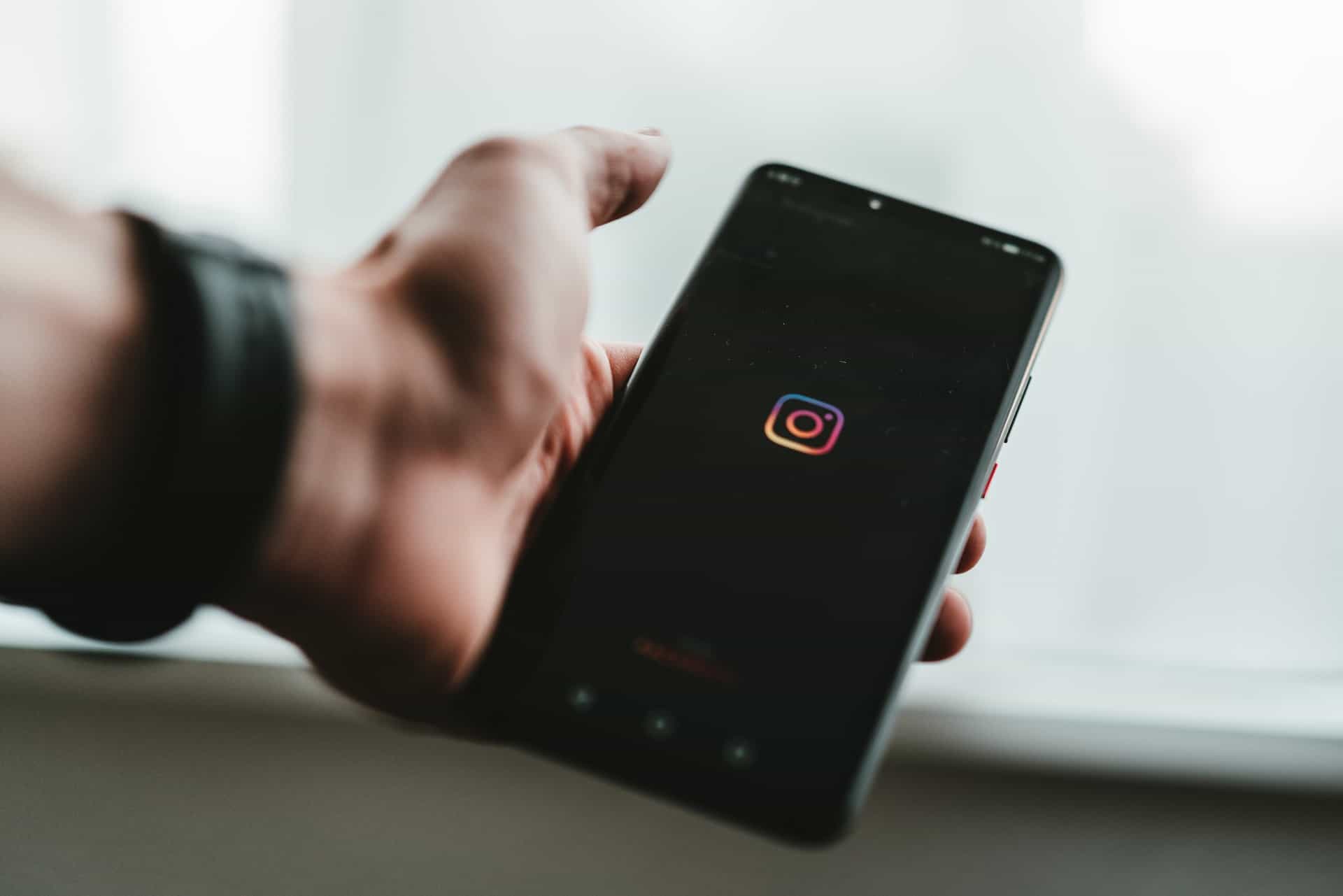
In the past decade, social media grew in leaps and bounds, and social media usage ended up at an all time high. From a social media platform’s point of view, it only made sense to monetise the situation, and many social media platforms did.
One example of the same was mentioned earlier in this article when we discussed how users can use the Pinterest Lens to find products and purchase them.
Another great example of the same is Checkout by Instagram. The feature that allows shoppers to complete purchases within Instagram itself was introduced in 2019 but took all of 2020 to gain mainstream traction.
Now, with 1 billion+ active users on Instagram, e-commerce store owners are slowly realising the benefits of selling on Instagram. For instance, the ability to purchase on the platform eliminates multiple steps from the purchase process. Users don’t have to click on an ad, visit a different (advertiser’s) website, and make a purchase there. Instead, they can complete the purchase on Instagram in a matter of a few clicks.
If you haven’t already set up your Instagram Checkout store, it is high time that you do.
Conclusion
Keeping up with the upcoming technologies is like an unsaid requirement to achieving success in a technology-first industry like digital marketing.
What are the upcoming technologies that excite you? Are they on this list? If not, feel free to share them with us and everyone reading this article in the comment section below.
